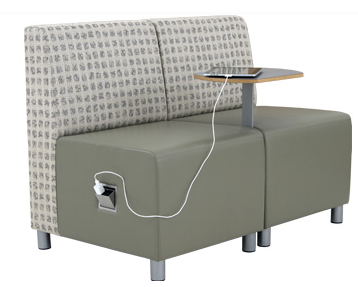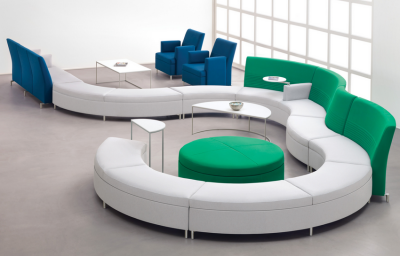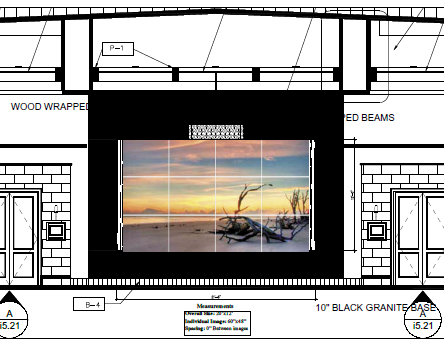White Board Comparison – a 3-Part Series on How to Select a Whiteboard for Your Situation and Budget.
Back to Indoff - Silicon Valley
This is Part 1 of a 3-Part Series on How to Select a Whiteboard for Your Situation and Budget.
Today we’ll cover considerations when selecting a whiteboard, guarantees, general types of materials and basic, or more budget oriented markerboards.
In the next couple of days, we’ll cover higher end products and end with a summary table that shows typical costs for an average, 4 foot tall, 6 foot wide whiteboard.
Considerations when selecting a whiteboard
- Look at the Whiteboard Guarantee.
Whiteboard guarantees vary widely. And what is covered also varies. The key factor is what will the board look like after several years of use. Spending too little on the purchase may mean you need to replace the unit after a few years because of staining.
Some surface guarantees cover scratching but not staining. Some guarantees cover only workmanship defects.
Essentially, “staining” is the big issue, that is, the tendency of the white board to retain marker ink residue and lead to “ghosting”. - Does the whiteboard surface resist staining? If marker residue is left on the board, and you don’t do daily cleaning, staining will occur unless the surface is an exceptional material. “Ghosting” or “staining” is the discolored look from past markings that interfere with current presentation. Many inexpensive, lower quality marker boards need to be replaced in less than 10 years due to “ghosting” that eventually leads to making the current presentation hard to read.
- Melamine whiteboard predictably stain. Daily cleaning is needed but this surface does not hold up long with daily use. Melamine is commonly used for light usage and most often for home use.
- Porcelain whiteboards are higher quality than melamine. Porcelain boards are most often use in business and school settings. Different manufacturers use different formulas but generally the surface is much smoother and has fewer surface pores that allow staining to occur. Glossy boards have fewer pores than “matte” finish pores and typically, the glossier the finish, the more long lasting.
- Hardcoat laminate is yet another whiteboard material. Hardcoat (high pressure) laminate are nonporous and do not allow marker ink to penetrate the surface. The downside is hardcoat laminate can be susceptible to scratching and should not be used where vandalism is a problem.
- And of course, glass is an excellent material for markerboards. Glass is very unlikely to stain and is easy to clean.
Budget Whiteboards
Traditional Non-Magnetic Acrylate
Acrylate whiteboards provide excellent writing and erasing qualities at a price that will amaze you. Non-magnetic acrylate whiteboards will provide years of reliable performance using dry-erase markers with the proper care.
Acrylate is essentially a high-performance coating that has excellent abrasion resistance, scratch resistance, and a gloss finish.
These whiteboards are an economical alternative to porcelain or painted-steel whiteboards, yet durable.
10 Year Warranty is typical
Standard Whiteboards
Traditional Magnetic Spectra Painted Steel
Built to resist ghosting, painted steel markerboards are a great value and priced to sell. Specifically designed to last and perform.
The painted steel markerboard accepts magnetic accessories and features a marker accessory tray complete with protective end caps.
20 Year Warranty is typical
Stay tuned (or subscribe to our Blog with RSS) for other higher end materials. And visit our Indoff – Silicon Valley today to learn more <click here>


